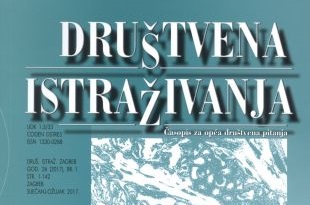ISHODIŠTE PITAGORINOG POUČKA U VUČEDOLSKOJ KULTURI NA PROSTORU HRVATSKE
THE ORIGINS OF PYTHAGORA’S THEOREM IN THE VUČEDOL CULTURE IN CROATIA
Author(s): Marija Đikić, Ivan Jurić, Pavao Petričević, Jacqueline BalenSubject(s): Cultural history, Ancient World
Published by: Institut društvenih znanosti Ivo Pilar
Keywords: Pythagora's theorem; Vučedol culture;
Summary/Abstract: Van der Waerden in his book Geometry and Algebra in Ancient Civilization places the beginnings of mathematical science in Central Europe between the years 3000 and 2500 before Christ. Waerden states that the calculus, later defined as Pythagoras’ Theorem, was discovered as early as then, because it was known how to make geometric drawings whose side lengths interrelated as whole numbers. This knowledge was spread from Central Europe to England and Scotland in the West, and to the Near East, India and China in the East. In the period in which Waerden considers that this mathematical knowledge was perceived in Central Europe, in the region between the Adriatic Sea, Carpathian Mountains and the Alps, the Vučedol Culture developed lasting from 3000 to 2200 B.C. In our research we looked for those phenomena in the area of development of the Vučedol Culture which entailed certain mathematical knowledge.
Journal: Društvena istraživanja - Časopis za opća društvena pitanja
- Issue Year: 9/2000
- Issue No: 46+47
- Page Range: 347-365
- Page Count: 19
- Language: Croatian

